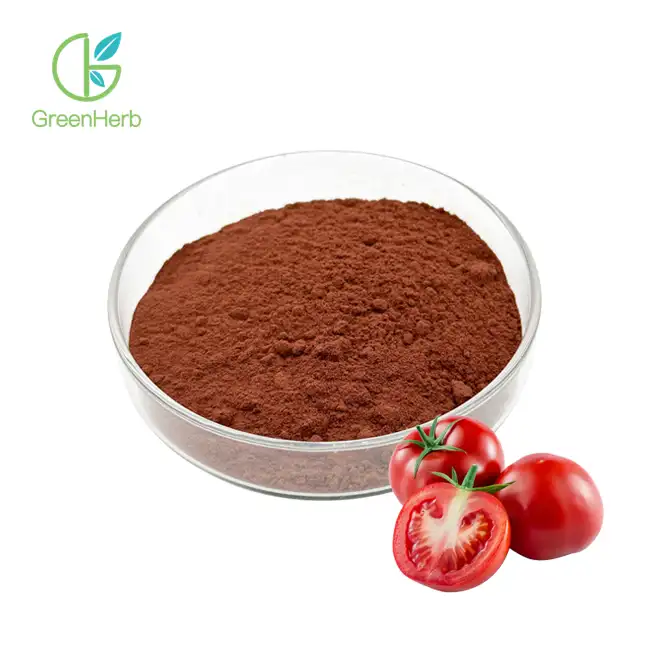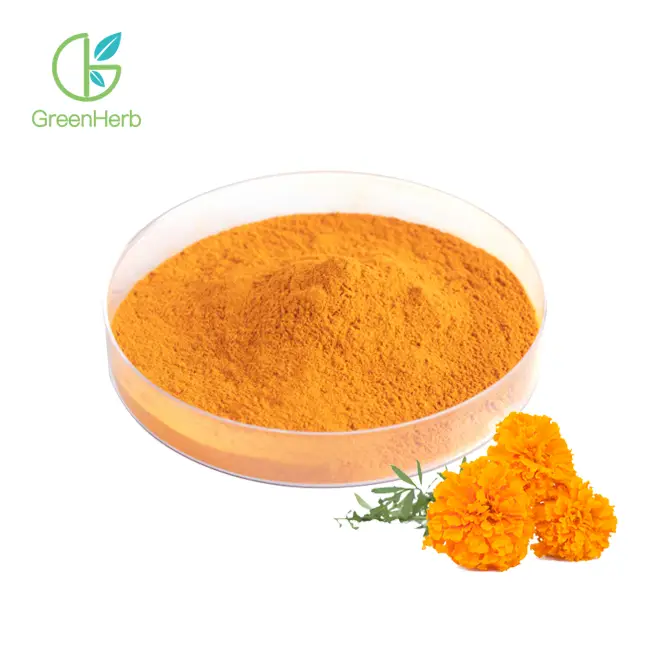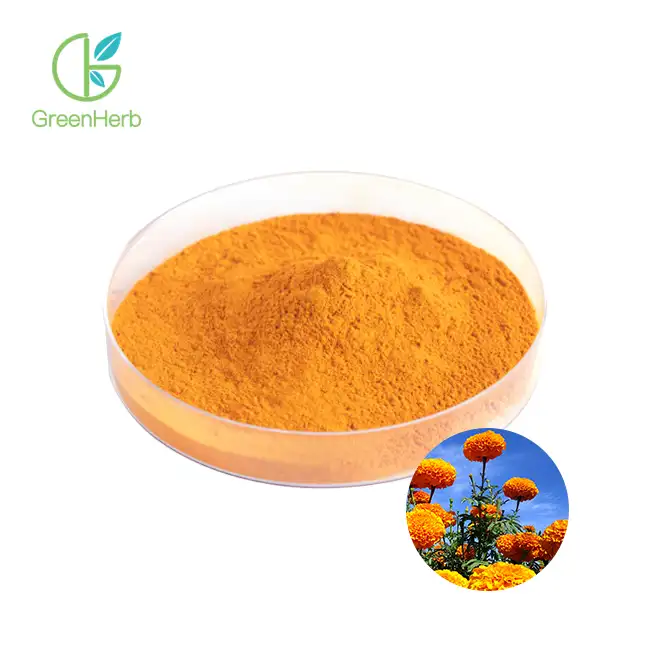Natural Colors are edible pigments obtained from natural resources. The pigments are mainly extracted from animal and plant tissues and microorganisms (culture), with plant-based colorants accounting for the majority. Natural pigments not only have the function of coloring food, but also a considerable portion of natural pigments have physiological activity. High safety, with almost no adverse effects on human health. At the same time, many natural food pigments also have prominent health benefits and have a certain preventive effect on various diseases in the human body.
Natural Colors
0- Botanical Source: Blakeslea trispora
Specification: 5%, 10%, 20%,96% Powder, 5%, 10% Beadlets
Appearance: Dark Red Fine Powder
Test Method: HPLC
Solubility: Soluble in water
Molecular Formula:C40H56
Molecular Weight: 536.87300
CAS No.: 502-65-8
Certificates: ISO, HACCP, KOSHER, HALAL, BRC
Features:
Non-irradiation
GMO Free, Allergen Free, TSE/BSE Free - Latin Name:Tagetes erecta L.
Specification: 5% powder, 5% Beadlets, 10% powder
Appearance: Orange-Red Fine Powder
Used Part: Flower
Test Method:HPLC
MOQ: 1kg
Sample:20g
Packing: 1kg in aluminum foil bag or 25kg in fibre drum
Delivery: FedEx, DHL, Ship by air, Ship by sea.
Certifications: ISO, HACCP, KOSHER, HALAL, BRC
Features:
Non-irradiation
Not treated with ETO during production, storage and transport - Latin Name:Tagetes erecta L.
Specification: 5%~90% lutein
Appearance: Orange-Red Fine Powder
Used Part: Flower
Test Method:HPLC
MOQ: 1kg
Sample:20g
Packing: 1kg in aluminum foil bag or 25kg in fibre drum
Delivery: FedEx, DHL, Ship by air, Ship by sea.
Certifications: ISO, HACCP, KOSHER, HALAL, BRC
Features:
Non-irradiation
Not treated with ETO during production, storage and transport
SEND



